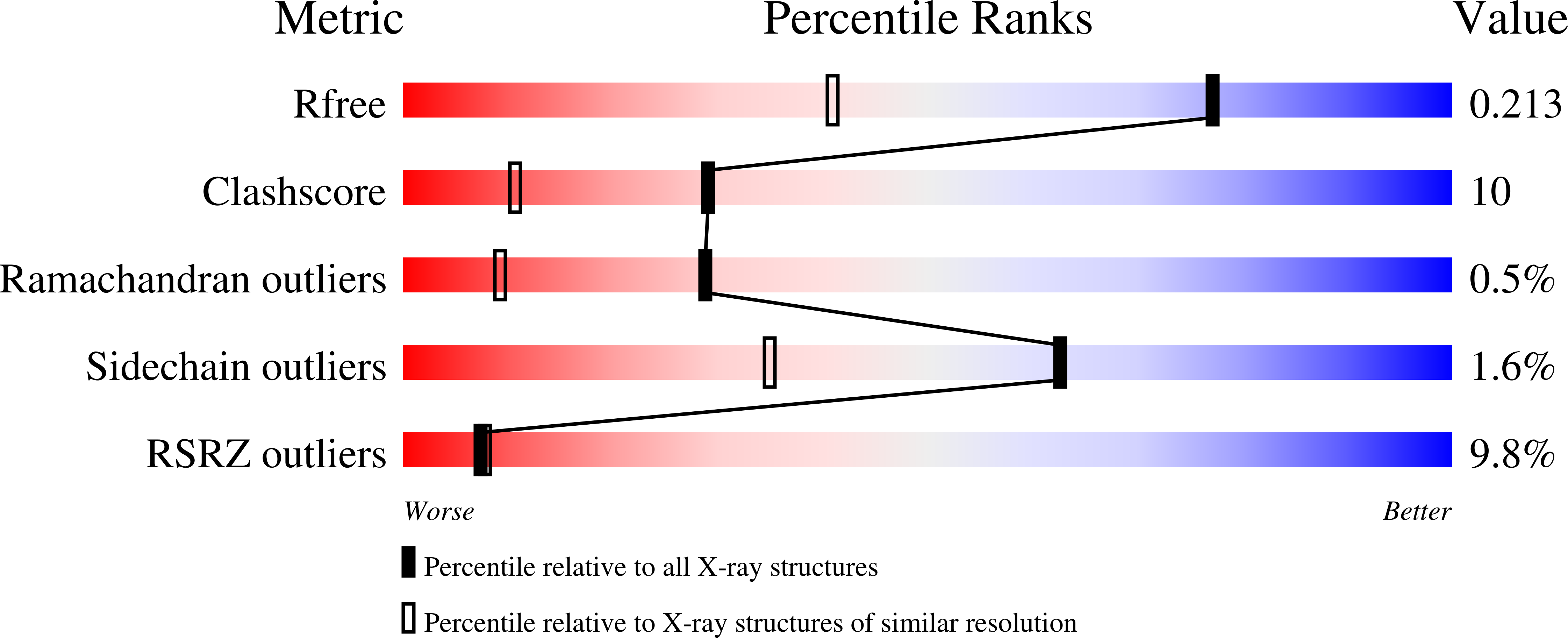
Deposition Date
2005-07-28
Release Date
2006-08-15
Last Version Date
2024-05-29
Method Details:
Experimental Method:
Resolution:
1.52 Å
R-Value Free:
0.21
R-Value Work:
0.18
R-Value Observed:
0.18
Space Group:
P 21 21 21


